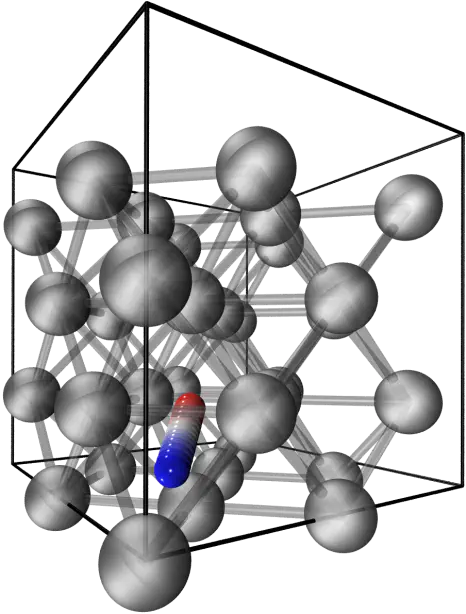Dissipative tunneling rates through the incorporation of first-principles electronic friction in instanton rate theory. II. Benchmarks and applications

Abstract
In Paper I [Litman et al., J. Chem. Phys. (in press) (2022)], we presented the ring-polymer instanton with explicit friction (RPI-EF) method and showed how it can be connected to the ab initio electronic friction formalism. This framework allows for the calculation of tunneling reaction rates that incorporate the quantum nature of the nuclei and certain types of non-adiabatic effects (NAEs) present in metals. In this paper, we analyze the performance of RPI-EF on model potentials and apply it to realistic systems. For a 1D double-well model, we benchmark the method against numerically exact results obtained from multi-layer multi-configuration time-dependent Hartree calculations. We demonstrate that RPI-EF is accurate for medium and high friction strengths and less accurate for extremely low friction values. We also show quantitatively how the inclusion of NAEs lowers the crossover temperature into the deep tunneling regime, reduces the tunneling rates, and, in certain regimes, steers the quantum dynamics by modifying the tunneling pathways. As a showcase of the efficiency of this method, we present a study of hydrogen and deuterium hopping between neighboring interstitial sites in selected bulk metals. The results show that multidimensional vibrational coupling and nuclear quantum effects have a larger impact than NAEs on the tunneling rates of diffusion in metals. Together with Paper I [Litman et al., J. Chem. Phys. (in press) (2022)], these results advance the calculations of dissipative tunneling rates from first principles.